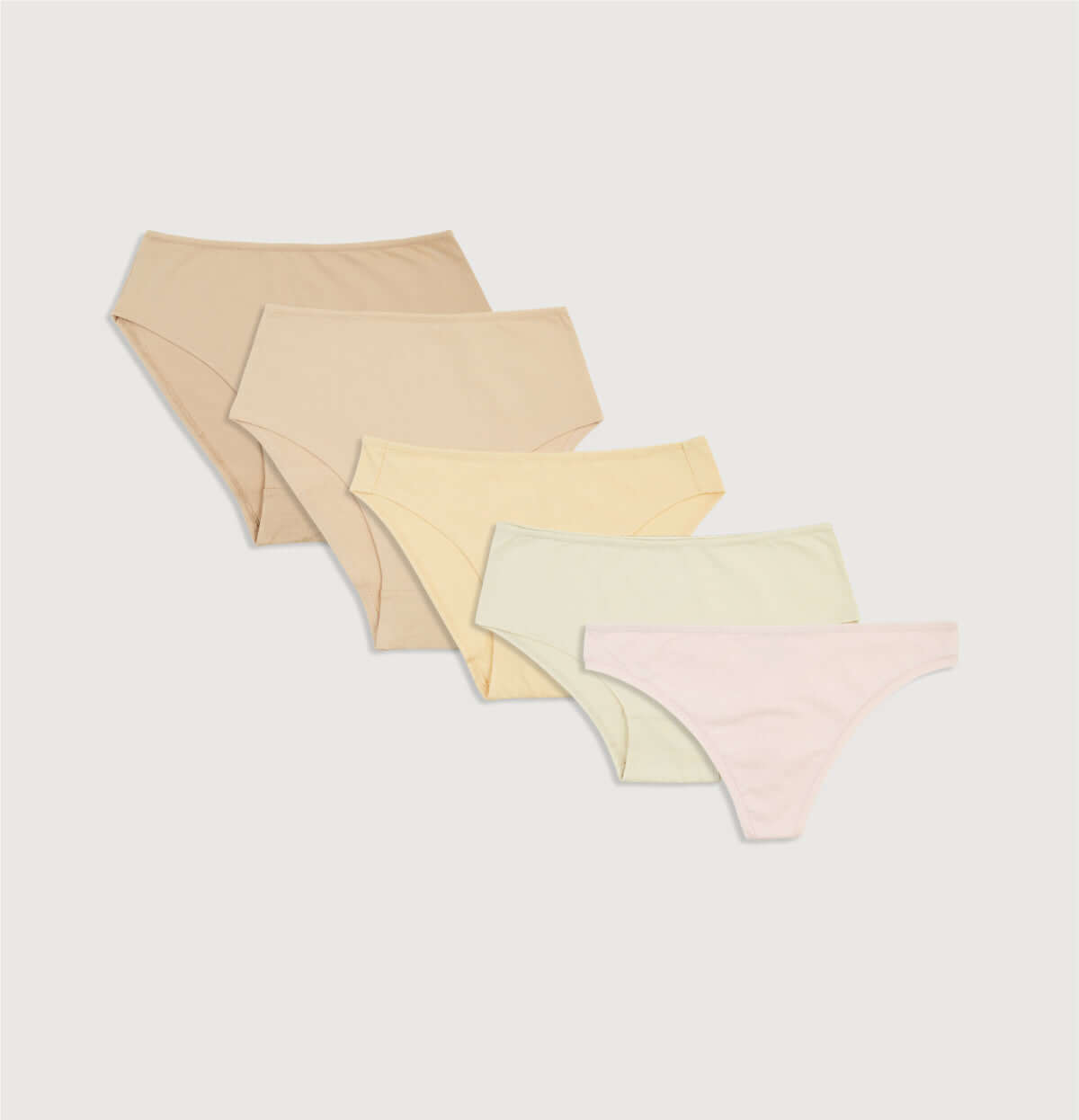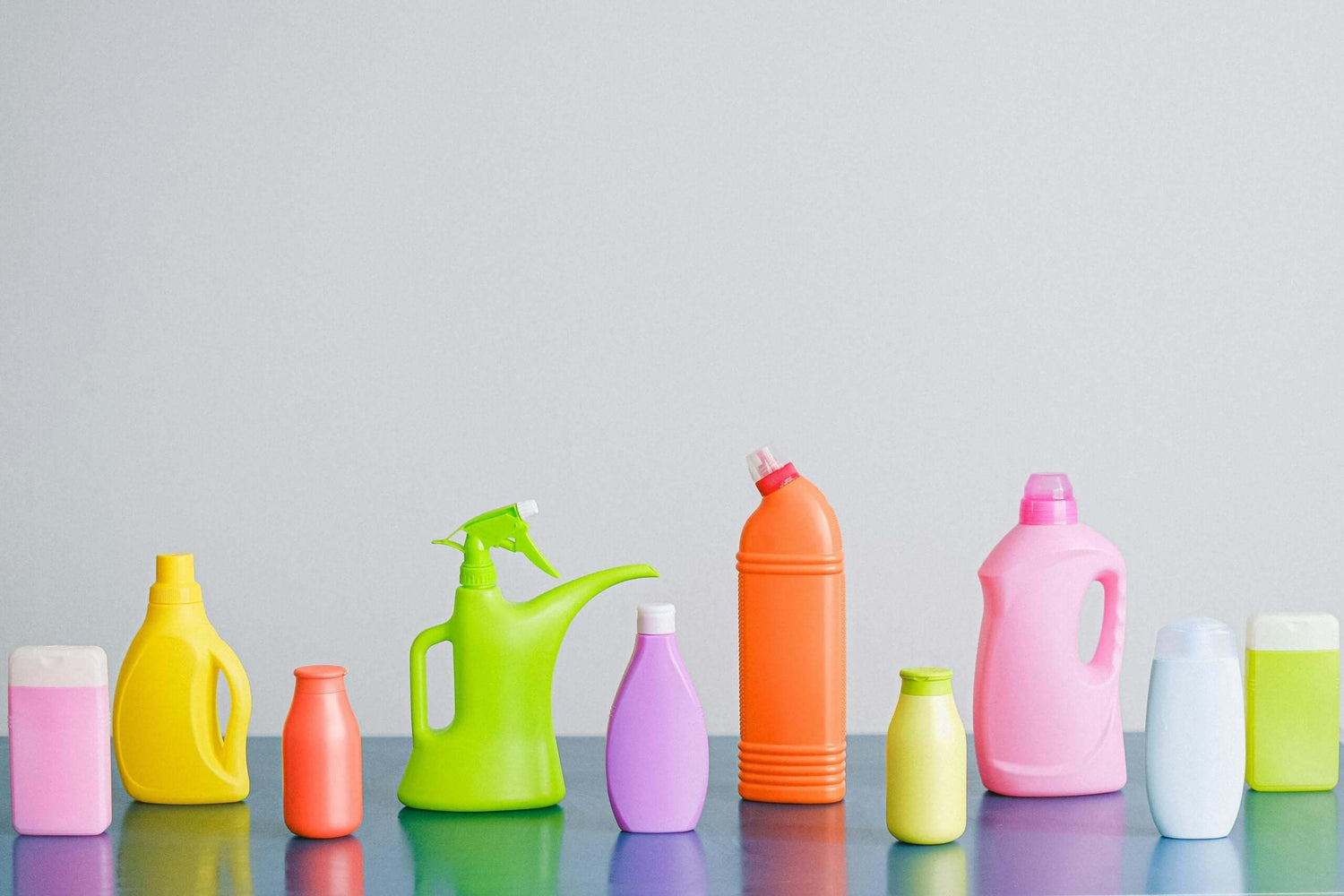In the 1940s, someone was playing around in their lab with carbon and fluorine and discovered the strongest bond that could be made in organic chemistry. So he did what everyone else would do and figured out how to turn it into money. PFAS is a generic name for a family of these chemicals, and it includes thousands of compounds. They're in a lot of things around us, practically everywhere, but they're downright toxic. Exposure to them has far-reaching consequences for how our bodies function, and especially for women. Know your enemy, beginners.
If it's poison, why do they use it all the time?
These chemicals have properties that are considered very good. They are heat resistant and act as flame retardants. They are oil and stain resistant and act as dirt repellents. They are difficult to break down and are extremely stable so that exposure to them will not pass in the blink of an eye but will leave a mark. And that is really great, if you are an industrial material. If you are a garment, a cooking pot or a coating for an electrical cord. But you are none of those, so why are you putting these toxins into your body?
Manufacturers and engineers put these compounds into their products to extend their shelf life and increase their durability, but this is exactly the opposite of what these substances will do to your body.
How did it get into my body?
Tampons, panty liners, pads , and a host of other products that promise you absorbency, didn't they tell you how they manage to absorb, right? Studies have found that these tampons, which you insert into the most sensitive area of your body, contain PFAS that are apparently used to create the ability to evaporate fluids. Sometimes PFAS are put into tampons just for the smell , and sometimes these substances end up in the products we consume without even their manufacturers being aware of it (!), and then we're not informed either. Fluorine was found in tampons, which is one of the better-known PFAS, but there are other contaminants that regularly infiltrate our hygiene products. Here's a tip on how not to confuse hygiene products that are free of contaminants with those that are: If they're white, it means the fabric or material was bleached with hydrogen peroxide, which means it's processed, unnatural, and definitely shouldn't come close to your body.
What can it do?
Are you sitting? So like this:
Because these substances are so persistent, they accumulate in the body, in a way that is somewhat reminiscent of the effect of cigarettes on the lungs. They are so persistent that they are nicknamed the “ forever chemicals,” and it takes very extreme conditions to break them down. Their dirt stays in the body and affects all systems and even development itself. Exposure to PFAS has been linked to high cholesterol, thyroid problems, an increased risk of cancer, increased rates of childhood obesity, fertility disorders, brain function, and more. How much more? They also disrupt hormonal activity, can cause menstrual disorders, endometriosis, an increased risk of asthma, an increased risk of preeclampsia, and so on.
Why are you cooperating with this?
Now we really ask, what's stopping you from throwing all these toxic hygiene products aside and switching to a natural and healthy alternative ? They're not healthy for you, not effective enough to justify their health consequences, inconvenient to use, and certainly not cheap. Maybe it's time to understand that the reality we've grown up with, where women are obligated to buy and use certain products every month, is a reality designed to serve only the big industrialists? Maybe it's time to remember that those who promise us "a night without worries with some brand's new pad" are the same ones who present our period as a cute, blue discharge that you can do cartwheels with? Food for thought.





